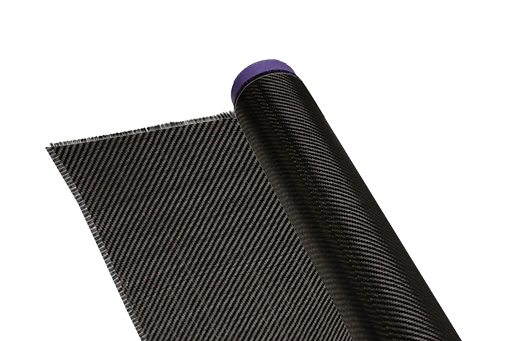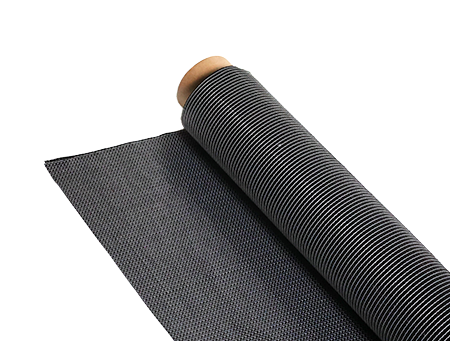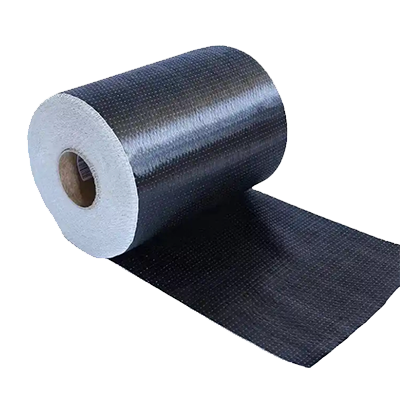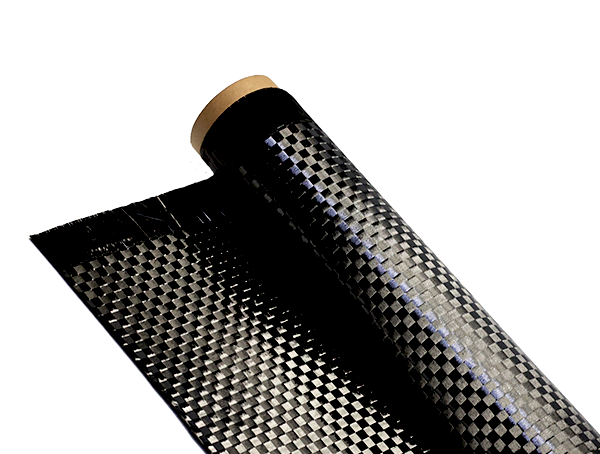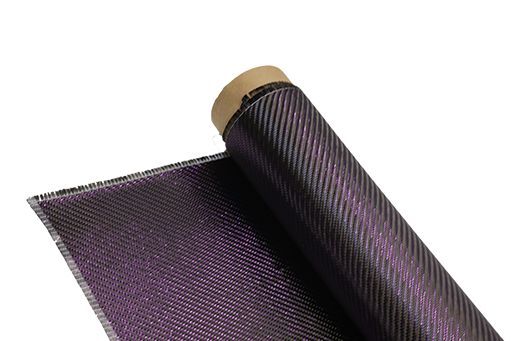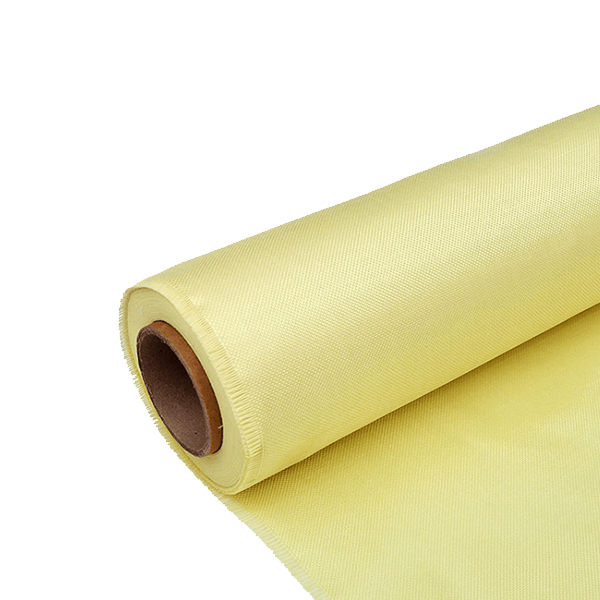Unleashing Strength: The Power and Potential of Aramid UD Materials
-
Table of Contents
“Unyielding Protection: Aramid Fiber Innovations for Next-Gen Spacecraft Shielding.”
Introduction
Aramid fibers, renowned for their exceptional strength-to-weight ratio and thermal stability, are increasingly being utilized in the aerospace industry, particularly in spacecraft shielding. These advanced materials offer significant advantages in protecting spacecraft from the harsh conditions of space, including micrometeoroid impacts, thermal extremes, and radiation exposure. Cutting-edge applications of aramid fiber in spacecraft shielding leverage its lightweight properties to enhance fuel efficiency and maneuverability while maintaining structural integrity. Innovations in composite materials and manufacturing techniques are enabling the development of multi-layered shielding systems that incorporate aramid fibers, providing enhanced protection without compromising performance. As space exploration continues to expand, the integration of aramid fiber technology is poised to play a crucial role in the design and safety of future spacecraft missions.
Aramid UD: Revolutionizing Spacecraft Shielding with Advanced Materials
The advent of advanced materials has significantly transformed the landscape of aerospace engineering, particularly in the realm of spacecraft shielding. Among these innovative materials, aramid fiber, specifically in its unidirectional (UD) form, has emerged as a game-changer. This high-performance synthetic fiber, known for its exceptional strength-to-weight ratio and thermal stability, is increasingly being utilized in the design and construction of spacecraft shielding systems. As the demands of space exploration evolve, the need for materials that can withstand extreme conditions while providing optimal protection becomes paramount.
Aramid UD fibers are characterized by their unique molecular structure, which imparts remarkable tensile strength and resistance to impact. This is particularly crucial in the context of spacecraft, where exposure to micrometeoroids and orbital debris poses significant risks. Traditional shielding materials often fall short in terms of weight efficiency and protective capabilities. In contrast, Aramid UD fibers offer a lightweight alternative that does not compromise on performance. By integrating these fibers into composite materials, engineers can create shielding solutions that are not only robust but also significantly lighter than conventional options. This reduction in weight is vital, as every kilogram saved in spacecraft design translates to increased payload capacity and enhanced fuel efficiency.
Moreover, the versatility of Aramid UD fibers allows for innovative design approaches in spacecraft shielding. These fibers can be layered and oriented in specific directions to optimize their protective qualities against various threats. For instance, by aligning the fibers in a unidirectional manner, engineers can tailor the mechanical properties of the composite material to better absorb and dissipate energy from impacts. This customization is essential for addressing the diverse range of potential hazards encountered in space, from high-velocity debris to thermal extremes. Consequently, the application of Aramid UD fibers not only enhances the safety of spacecraft but also contributes to the longevity and reliability of missions.
In addition to their mechanical advantages, Aramid UD fibers exhibit excellent thermal resistance, making them suitable for environments characterized by extreme temperature fluctuations. Spacecraft often experience rapid changes in temperature as they transition between sunlight and shadow, which can lead to material degradation if not properly managed. The thermal stability of aramid fibers ensures that they maintain their structural integrity under such conditions, thereby providing consistent protection throughout the mission duration. This characteristic is particularly beneficial for long-duration missions, where the cumulative effects of thermal cycling can compromise the effectiveness of shielding materials.
Furthermore, the integration of Aramid UD fibers into spacecraft shielding aligns with the growing emphasis on sustainability within the aerospace industry. As manufacturers seek to reduce their environmental footprint, the use of advanced materials that are both lightweight and durable becomes increasingly attractive. Aramid fibers can be produced with a lower environmental impact compared to traditional materials, and their longevity contributes to reduced waste over time. This focus on sustainability not only addresses ecological concerns but also enhances the overall efficiency of space missions.
In conclusion, the incorporation of Aramid UD fibers into spacecraft shielding represents a significant advancement in aerospace materials technology. By offering a combination of lightweight construction, tailored mechanical properties, thermal stability, and sustainability, Aramid UD fibers are poised to revolutionize the way spacecraft are designed and protected. As the exploration of space continues to push the boundaries of human ingenuity, the role of advanced materials like aramid fiber will undoubtedly be pivotal in ensuring the safety and success of future missions.
The Role of Aramid UD in Enhancing Spacecraft Durability and Performance

Aramid fiber, particularly in its unidirectional (UD) form, has emerged as a pivotal material in enhancing the durability and performance of spacecraft. This innovative fiber, known for its exceptional strength-to-weight ratio and thermal stability, plays a crucial role in the demanding environment of space. As spacecraft are subjected to extreme temperatures, radiation, and micrometeoroid impacts, the materials used in their construction must not only withstand these challenges but also contribute to overall mission success. The integration of Aramid UD into spacecraft design represents a significant advancement in materials science, offering solutions that traditional materials cannot provide.
One of the primary advantages of Aramid UD is its remarkable tensile strength, which allows it to absorb and dissipate energy effectively. This characteristic is particularly beneficial in protecting spacecraft from micrometeoroid impacts, which pose a significant threat during missions. When a micrometeoroid collides with a spacecraft, the energy released can cause catastrophic damage. However, the use of Aramid UD in shielding systems can mitigate this risk. The fiber’s ability to deform and absorb impact energy helps to prevent penetration and reduces the likelihood of structural failure, thereby enhancing the overall safety of the spacecraft.
In addition to its impact resistance, Aramid UD exhibits excellent thermal stability, making it suitable for the extreme temperature fluctuations encountered in space. Spacecraft often experience drastic changes in temperature, from the intense heat of direct sunlight to the frigid cold of shadowed regions. Aramid fibers maintain their structural integrity under these conditions, ensuring that the spacecraft’s shielding remains effective throughout its mission. This thermal resilience is crucial not only for the protection of the spacecraft’s exterior but also for safeguarding sensitive instruments and equipment housed within.
Moreover, the lightweight nature of Aramid UD contributes significantly to the overall performance of spacecraft. Reducing weight is a critical consideration in aerospace engineering, as it directly impacts fuel efficiency and payload capacity. By incorporating Aramid UD into the design of shielding systems, engineers can achieve a balance between strength and weight, allowing for more efficient spacecraft designs. This reduction in mass can lead to lower launch costs and increased payload capabilities, ultimately enhancing the mission’s feasibility and success.
Furthermore, the versatility of Aramid UD allows for its integration into various composite materials, which can be tailored to meet specific mission requirements. This adaptability enables engineers to design customized shielding solutions that optimize performance for different types of missions, whether they involve low Earth orbit operations or deep space exploration. The ability to engineer materials that meet the unique challenges of each mission is a testament to the advancements in materials science and engineering.
In conclusion, the role of Aramid UD in enhancing spacecraft durability and performance cannot be overstated. Its exceptional strength, thermal stability, and lightweight properties make it an ideal choice for shielding applications in the harsh environment of space. As the aerospace industry continues to evolve, the integration of cutting-edge materials like aramid fiber will play a crucial role in advancing spacecraft design and ensuring the success of future missions. By leveraging the unique properties of Aramid UD, engineers can create more resilient and efficient spacecraft, paving the way for new discoveries and exploration beyond our planet.
Innovative Uses of Aramid UD in Protecting Spacecraft from Micrometeoroid Impacts
Aramid fiber, renowned for its exceptional strength-to-weight ratio and thermal stability, has emerged as a pivotal material in the realm of spacecraft shielding, particularly in protecting against micrometeoroid impacts. As space exploration continues to expand, the need for advanced protective materials becomes increasingly critical. Micrometeoroids, which are tiny particles traveling at high velocities, pose a significant threat to spacecraft integrity. Consequently, innovative uses of aramid unidirectional (UD) fiber have been developed to enhance the resilience of spacecraft against these potentially catastrophic impacts.
One of the most compelling applications of Aramid UD fiber lies in its integration into multi-layered shielding systems. These systems are designed to absorb and dissipate the energy generated by micrometeoroid impacts. By incorporating Aramid UD fibers into the outer layers of these shields, engineers can create a lightweight yet robust barrier that effectively mitigates damage. The unique properties of aramid fibers allow them to deform upon impact, absorbing energy and reducing the likelihood of penetration. This characteristic is particularly advantageous in the harsh environment of space, where every gram of weight counts, and the consequences of damage can be dire.
Moreover, the versatility of Aramid UD fiber enables its use in various configurations, further enhancing its protective capabilities. For instance, researchers have explored the potential of combining aramid fibers with other materials, such as aluminum or polymer composites, to create hybrid shielding solutions. These hybrid systems leverage the strengths of each material, resulting in a composite that not only provides superior impact resistance but also maintains a lightweight profile. This synergy between materials is crucial, as it allows for the optimization of spacecraft design, ensuring that they can withstand the rigors of space travel while remaining efficient in terms of weight and fuel consumption.
In addition to its mechanical properties, Aramid UD fiber exhibits excellent thermal stability, which is essential for spacecraft operating in extreme temperature variations. The ability of aramid fibers to withstand high temperatures without degrading makes them an ideal candidate for use in thermal protection systems. This is particularly relevant when considering the potential for micrometeoroid impacts to generate localized heating upon contact. By incorporating Aramid UD fibers into thermal protection systems, engineers can ensure that spacecraft remain insulated from the intense heat generated during such events, thereby safeguarding sensitive onboard equipment and instruments.
Furthermore, ongoing research into the long-term durability of Aramid UD fiber in space environments is yielding promising results. Studies have shown that aramid fibers maintain their structural integrity even after prolonged exposure to the harsh conditions of space, including radiation and extreme temperatures. This durability is crucial for missions that extend over several years, as it ensures that the protective measures in place will remain effective throughout the mission duration. As a result, the incorporation of Aramid UD fiber into spacecraft shielding not only enhances immediate impact resistance but also contributes to the overall longevity and reliability of space missions.
In conclusion, the innovative applications of Aramid UD fiber in spacecraft shielding represent a significant advancement in the protection against micrometeoroid impacts. By leveraging the unique properties of aramid fibers, engineers are developing lightweight, durable, and effective shielding solutions that enhance the safety and performance of spacecraft. As space exploration continues to evolve, the role of advanced materials like Aramid UD fiber will undoubtedly become increasingly vital, ensuring that humanity can safely navigate the challenges of the cosmos.
Q&A
1. **Question:** What are the primary benefits of using aramid fiber in spacecraft shielding?
**Answer:** Aramid fiber offers high strength-to-weight ratio, excellent thermal stability, and resistance to impact and abrasion, making it ideal for protecting spacecraft from micrometeoroids and space debris.
2. **Question:** How does aramid fiber enhance the thermal protection systems of spacecraft?
**Answer:** Aramid fiber can withstand extreme temperatures and provides insulation, helping to protect sensitive components from heat generated during re-entry and exposure to solar radiation.
3. **Question:** In what specific applications is aramid fiber utilized in spacecraft design?
**Answer:** Aramid fiber is used in the construction of thermal blankets, impact-resistant panels, and composite materials for structural components, enhancing overall durability and safety in space missions.

